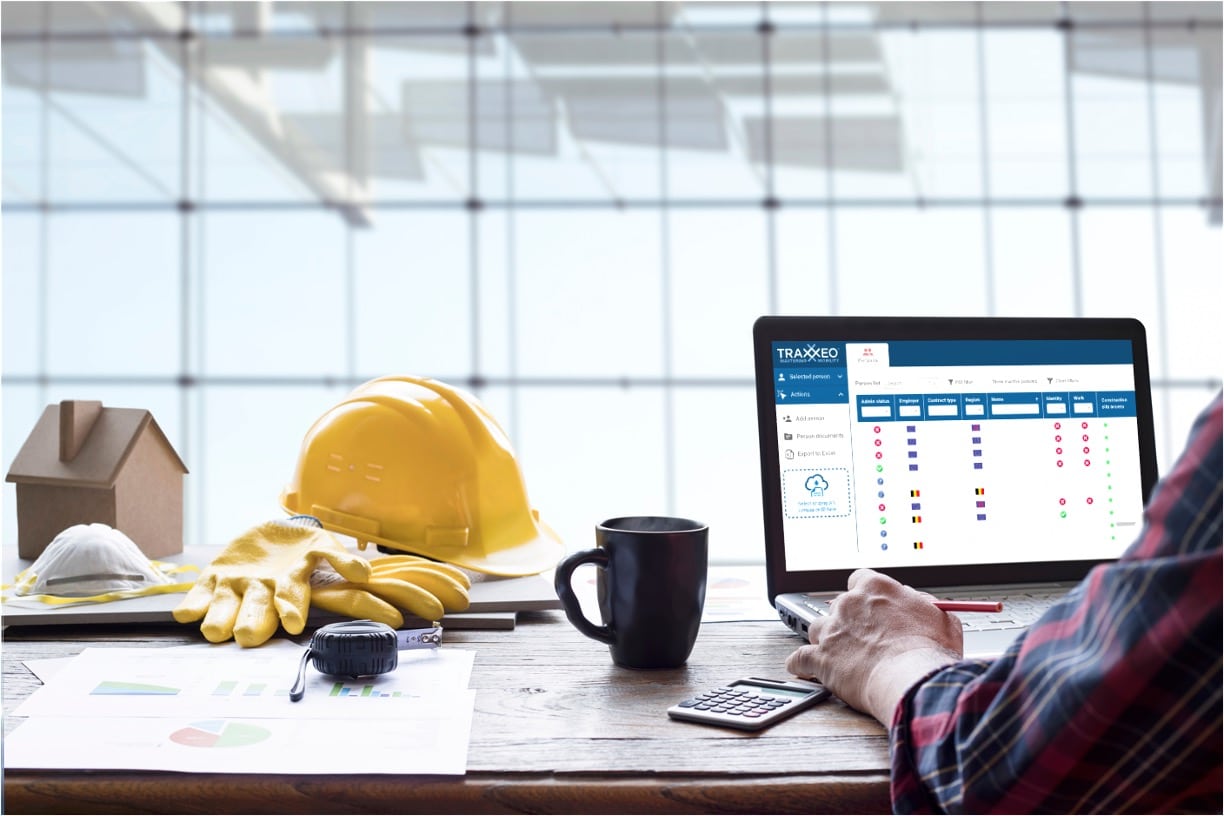Architect's Overview to Simplifying Building Document Monitoring for Effective Task Execution
In the complex globe of architecture and building and construction, the efficient monitoring of project paperwork stands as a keystone for success. Engineers are tasked with managing a myriad of illustrations, specs, records, and contracts, all crucial parts for bringing a task to fulfillment. The procedure of arranging, sharing, and maintaining these files can typically end up being a labyrinth of inefficiencies and problems if not managed thoroughly. By checking out systematic approaches, cutting-edge tools, and sector ideal practices, architects can not just simplify their record monitoring procedures but also lead the way for much more reliable job execution. Let's browse through the key approaches and options that can transform exactly how architects take care of building documentation, ensuring tasks are supplied with precision and timeliness.
Relevance of Effective Record Administration
Why is effective paper monitoring important for designers in the construction sector? Reliable file administration is necessary for designers in the building market as it plays a crucial duty in making certain the effective implementation of jobs. Engineers take care of a substantial array of documents, varying from design drawings and specifications to permits and agreements. Appropriate organization and management of these files are necessary to preserve project timelines, ensure compliance with laws, and assist in efficient communication amongst job stakeholders.

Efficient file administration allows architects to gain access to vital info immediately, track job development properly, and mitigate threats related to omissions or errors. By executing streamlined document monitoring procedures, designers can boost partnership with clients, professionals, and other staff member, leading to boosted job results and customer satisfaction.
Additionally, efficient file management assists architects maintain an extensive task background, enabling them to utilize past lessons and experiences discovered for future projects. In today's busy building industry, where timely decision-making and information sharing are critical, reliable file management is a cornerstone for success.
Approaches for Improving Document Organization
Efficient document monitoring practices not just guarantee task success for designers in the building sector however additionally lay the foundation for implementing techniques for streamlining paper organization. To simplify file company efficiently, architects must initially establish a clear identifying convention for folders and data. Uniformity in naming data based upon task phases, paper types, and pertinent information will promote easy access and decrease complication.
Utilizing cloud-based storage services can likewise boost record company by giving a central area for all project-related documents - construction document management. This allows staff member to access one of the most updated documents from anywhere, promoting collaboration and efficiency. Executing version control mechanisms further fine-tunes file organization by tracking adjustments, protecting against contrasting edits, and making certain that the newest variations are constantly readily available
In addition, creating a sensible folder framework with marked subfolders for different record classifications, such as specifications, illustrations, and contracts, can streamline record monitoring processes. On a regular basis evaluating and purging obsolete or redundant data will aid maintain a lean and well organized paper repository, ultimately improving productivity and task outcomes.
Leveraging Modern Technology Equipment for Partnership
In the realm of modern-day architecture, architects are significantly relying upon sophisticated innovation tools to promote smooth collaboration among task stakeholders. Leveraging innovation for cooperation improves interaction, enhances effectiveness, and boosts general task results. Cloud-based systems such as BIM 360 and Procore allow real-time access to task files, making it possible for customers, service providers, and architects to collaborate successfully regardless of their physical location. These tools assist in simultaneous editing and enhancing, variation control, and immediate updates, reducing errors and delays triggered by miscommunications.
Virtual why not check here design and construction (VDC) software like Revit and AutoCAD Style allow architects to create detailed 3D models that can be shared and modified collaboratively. This real-time partnership improves design visualization, sychronisation, and accuracy, bring about much better decision-making throughout the project lifecycle. Additionally, communication devices like Slack and Microsoft Teams supply immediate messaging, file sharing, and video clip conferencing capacities, cultivating seamless interaction amongst employee and stakeholders.
Making Sure Accuracy and Version Control

Reliable version control additionally helps in handling document approvals and ensuring that just authorized workers make adjustments. Designers need to establish clear methods for documenting changes, consisting of timestamps and user identification, to produce an audit trail for accountability. Regularly interacting with the task group concerning version updates and changes is vital to stay clear of confusion and preserve positioning throughout the construction procedure.
Best Practices for File Sharing and Accessibility
Having actually developed a durable system for variation control in building and construction record administration, designers can currently focus on enhancing file sharing and gain access to techniques to boost collaboration and efficiency among project stakeholders. These systems supply real-time accessibility to project documents, making it possible for group participants to check out, edit, and comment on data concurrently.
Furthermore, implementing role-based accessibility control is essential for maintaining information safety while promoting partnership. Appointing various approval levels to staff member More hints guarantees that delicate info is only browse around here easily accessible to licensed workers. Frequently upgrading accessibility permissions based upon project needs and group adjustments is crucial for maintaining information integrity.
Incorporating task management software program with document sharing systems can also enhance process. This assimilation enables seamless communication, job monitoring, and file administration within a single interface, minimizing the demand to switch in between multiple devices. By adhering to these finest practices, designers can create an extra collective and efficient file sharing setting, inevitably bring about effective job implementation.

Final Thought
To conclude, reliable construction file administration is essential for successful job implementation. By applying techniques for organization, leveraging modern technology tools for partnership, ensuring precision and variation control, along with adhering to finest methods for record sharing and access, architects can simplify their operations and improve total task performance. Focusing on these elements of paper management will lead to smoother job execution and better results for all stakeholders included.
Effective paper administration is crucial for designers in the building and construction sector as it plays a pivotal role in making sure the effective execution of jobs. construction document management. Proper organization and administration of these files are imperative to keep project timelines, make sure compliance with guidelines, and help with effective communication amongst project stakeholders
Reliable file management techniques not just guarantee task success for architects in the building and construction industry however likewise lay the structure for executing strategies for simplifying document organization. One key method is establishing a centralized file database where all team participants can access the most recent variations of illustrations, requirements, and various other task files.Having actually developed a robust system for version control in building and construction record administration, designers can currently concentrate on maximizing document sharing and access methods to improve partnership and efficiency amongst job stakeholders.